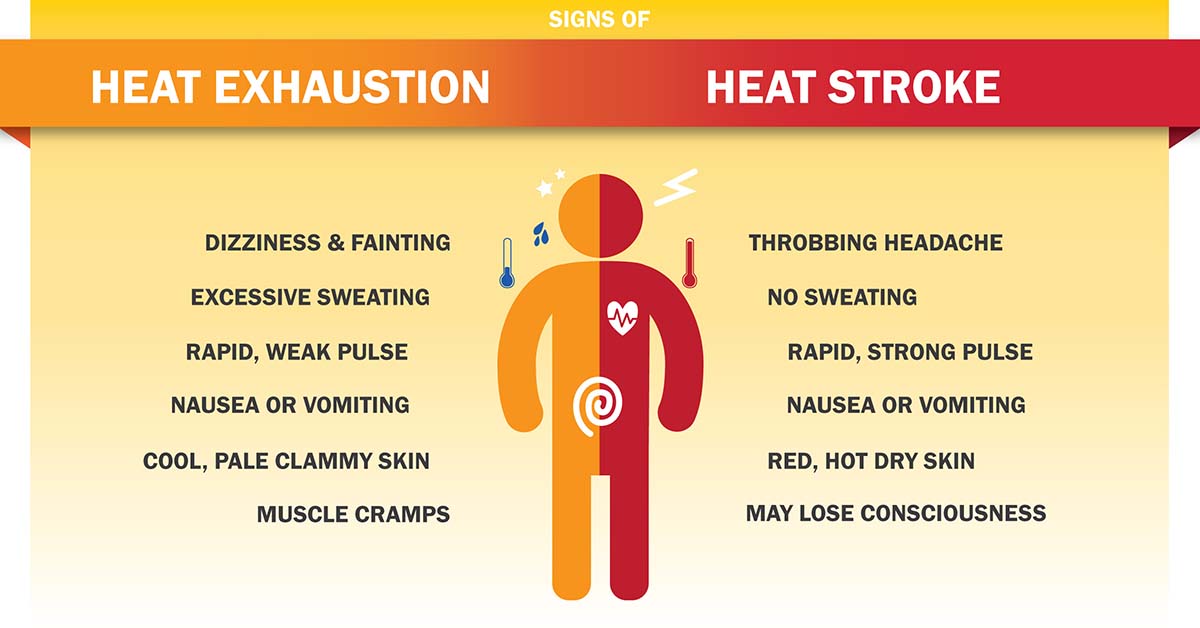Safety Newsletter – June 2023
Pre- and Post-Trip Inspections Dos and Don’ts
Your safety, minimizing over-the-road breakdowns and preventing out-of-service violations are three of the many benefits of pre- and post-trip inspections. Use this list of dos and don’ts to complete your inspections the right way.
Don’t: Think that they are optional. The Federal Motor Carrier Safety Administration (FMCSA) regulation 392.7 requires pre-trip inspections, while regulation 396.11 mandates post-trip inspections.
Do: Know what to check
- parking (hand) brakes
- service brakes
- tires and rims
- suspensions
- steering system
- fluid levels
- belts and hoses
- electrical and air lines
- coupling devices (if applicable)
- wipers
- mirrors
- horn
- seatbelts
- gauges
- air brake warning system
- emergency kit
- lights, reflectors, and signals
- all applicable paperwork
Check the same items for post-trip inspections minus the fluid checks—don’t touch anything that might be hot!
Don’t: Kick-check the tires. Thump checks don’t work, because a tire sounds empty only if it’s nearly 100% out of air. Use a calibrated tire gauge instead. Also, make sure all tires have the proper tread depth and that all lug nuts are tight.
Do: Double-check the brakes. Inspectors Remove More Than 750 Commercial Motor Vehicles with Brake Violations from Roadways During CVSA’s Unannounced Brake Safety Day April 19, 2023.
Don’t: Do an inspection differently each time. Instead, develop a routine, and go in the same order with each pre- and post-trip check. Consider starting at the cab, then inside the cab, the front of the vehicle, then around the truck starting at the driver’s side.
Do: Take your time. There’s no rush. Budget 10-15 minutes for a proper pre-trip inspection.
Don’t: Forget the interior. A clean cab tells an inspector that the rest of the vehicle is in good shape. A dirty cab says the opposite.
Do: Check your wheels. It’s the best way to make sure your truck doesn’t accidentally move when you’re doing a pre- or post-trip check. Forgetting to do so could cause a serious injury—or worse.
Do: Keep accurate logs. Whether you use electronic or paper logs, keep them updated regularly, and make sure all other paperwork (driver’s license, inspection, insurance) is current.
Don’t: Ignore potential problems. If you spot something out of the ordinary during your post-trip inspection, report it to dispatch immediately.
Staying Hydrated
What is Dehydration? Dehydration takes place when your body is losing more fluid than it’s bringing in.
What does water actually do for our bodies? In addition to water being a vital nutrient for each and every cell in our bodies and transporting oxygen throughout our bodies, water also regulates our body temperature, is critical for digestion, transports proteins and carbohydrates, creates saliva, flushes our toxins, and lubricates joints.
Know the symptoms of mild dehydration: dry or sticky mouth, sleepiness or tiredness, less urine, dry skin, dizziness or lightheadedness. If you feel thirsty, your body is already dehydrated.
Dehydration may also lead to mental fatigue, muscle cramps, heat stroke, and kidney stones.
Know and avoid the causes of dehydration, including high-sodium foods such as fast food as well as excess caffeine & sugar. Skip the extra coffee, sports drinks, or energy drinks.
Water bottles with infusers are best since drivers can add fruits and vegetables for flavoring, which increases not only the probability of them drinking water, but also adds antioxidants and other health benefits.
Recommend drinking at least 16 to 24 ounces of water starting 20 minutes before arriving at each major stop. This will help ensure that most or all bathroom breaks are during stops, and not requiring additional stops.
Eat water-rich foods such as cucumbers, celery, watermelon, strawberries and grapefruit. One perk associated with eating foods high in water content is that your body feels fuller when you’re hydrated. When you feel full, you’re less likely to grab sugary or salty snacks that accelerate dehydration.
Preventing Heat Exhaustion & Heat Stroke:
- Keep Hydrated
- Wear light-colored, loose-fitting, and breathable clothing as much as possible.
- When possible, take breaks in the shade or air conditioning to cool off
- Know what heat exhaustion and heat stroke symptoms look like:

